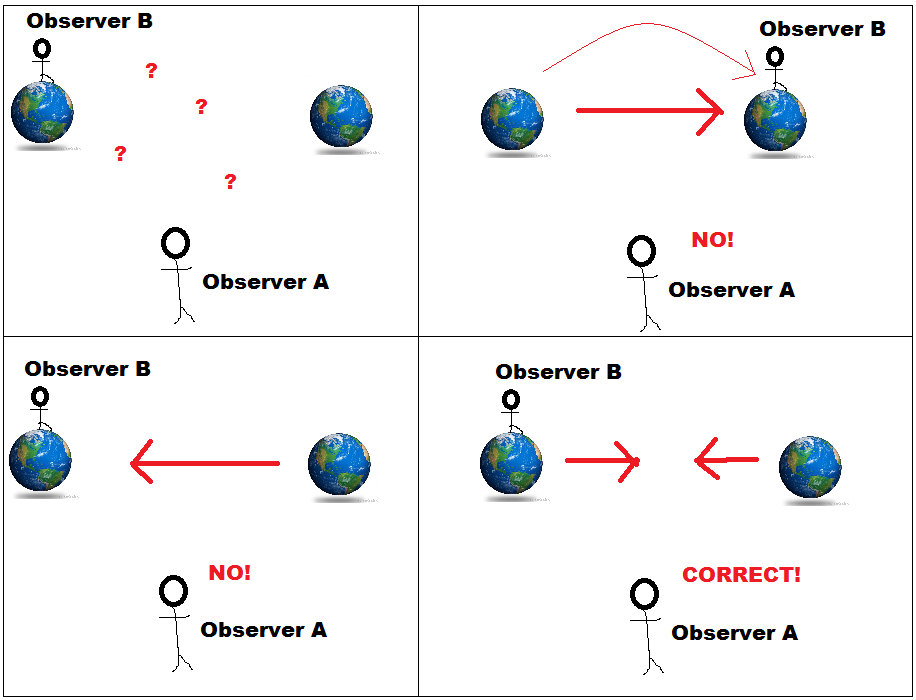tashja
Registered Senior Member
RJ, here's Prof. Dolan's reply to your follow-up questions:
Prof. Dolan: I shall try to answer your questions:
RJBeery: If the event horizon has "formed", what is it composed of?
Prof Dolan: It is not composed of anything, it is just the boundary of a region of space from which light rays cannot escape.
RJBeery: If we can see the golf balls arbitrarily near R=0, and can do so for eternity, are we not receiving information, for eternity, from the region near R=0?
Prof. Dolan: This depends on where the observer is and how they are moving. Assuming "we" means static observers infinitely far away from the black hole then yes they can receive information for eternity. But the only information coming from R=0 left the origin before the black hole formed. Although they are receiving information for eternity, the amount of information per unit time decreases as time goes on, due to the redshift, and the total amount of information they receive is finite, even over an infinite period of time.
RJBeery:What about when the supposed event horizon has reached a thousand light-years in radius? We continue to see the golf balls near R=0 but their image has been pushed to the event horizon boundary?
Prof. Dolan: Again if "when" refers to time as measured by an observer at infinity then the golf balls at R=0 that can be seen are only ones that were there before the black hole formed, e.g. golf ball no 1 can be seen for all time, but the light is highly redshifted and the image is not pushed to the even horizon boundary, it stays at R=0 but it is the image of the golf ball before the black hole formed.
Instead of using golf balls, suppose we use Rolex watches, so that each image shows the time on the face of the watch. The image of Rolex no 1 at R=0 that is seen at infinity is that of the watch before the black hole formed, even for arbitrarily large times according to the observer. If the black hole forms at T_0 according to the clock of an observer at infinity, then Rolex no 1 can indeed be seen for ever, but the image will always show T_0, never T>T_0. If the black reaches a thousand light years in radius at time T_1000 (when Rolex no 1000 falls in, say) then the observer at infinity cannot see Rolex no 1 showing T_1000, because it is inside the event horizon when it's face shows T_1000. The observer will always see Rolex no 1000 frozen at the event horizon at 1000 light years radius, but the time on its face will also be frozen at T_1000, never later. At late times the observer at infinity sees Rolex no 1 forever, always at R=0 and always showing T_0 and Rolex no 1000 forever, always at R=1000 light years and always showing T_1000 (and both getting more and more red-shifted as the observer's time increases).
Hope this helps
Brian

